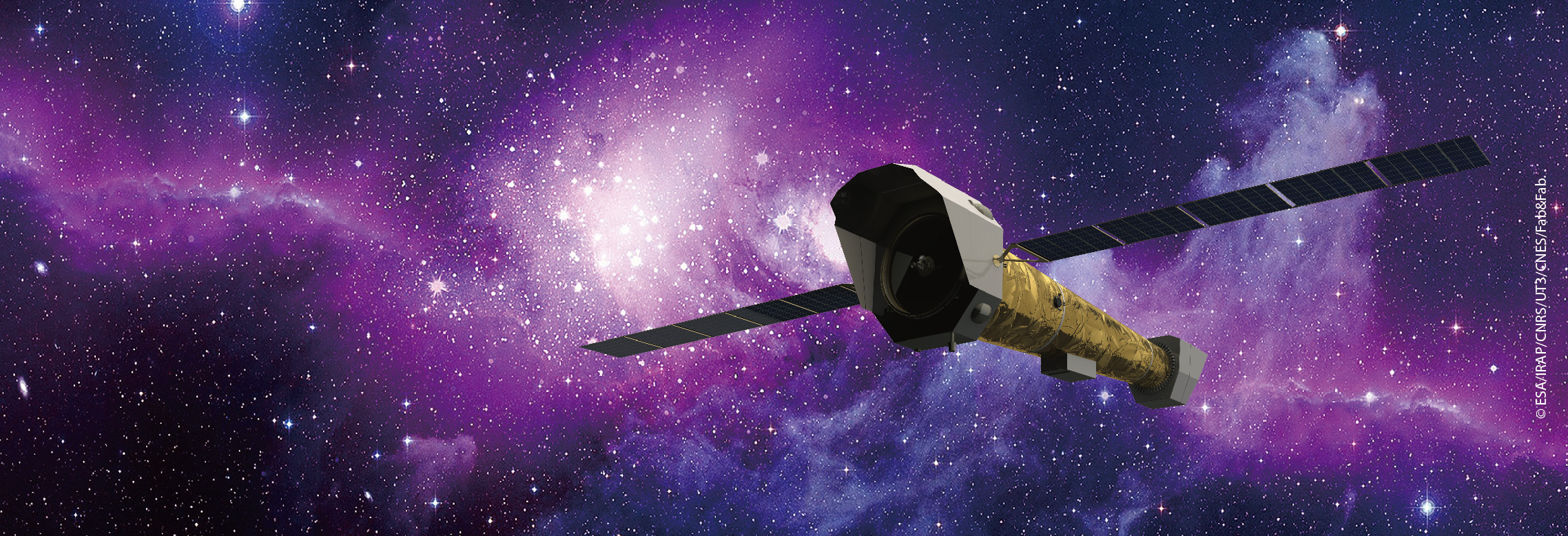
Athena mission
About the Athena mission (Advanced Telescope for High ENergy Astrophysics)
Athena will be the largest X-ray observatory ever built, investigating some of the hottest and most energetic phenomena in the Universe with unprecedented accuracy and depth. The observatory will offer spatially-resolved X-ray spectroscopy and deep wide-field X-ray spectral imaging. Its capabilities will far exceed those offered by current X-ray observatories, such as XMM-Newton, Chandra, SRG/eROSITA or XRISM.
The mission was selected by ESA within its Cosmic Vision 2015-2025 program to address the scientific topic of The Hot and Energetic Universe. However, its unprecedented capabilities will allow the astronomical community to address a wide range of astrophysical topics to be defined by the scientific community in open calls (more details in the Science menu).
After several years of study (main milestones listed in the Status and Milestones menu), on November 8, 2023, the ESA scientific program committee approved a modified version of the Athena X-ray observatory - NewAthena. Industrial activities have restarted in the second quarter of 2024, with the goal of adoption in 2027 and a planned launch in 2037.
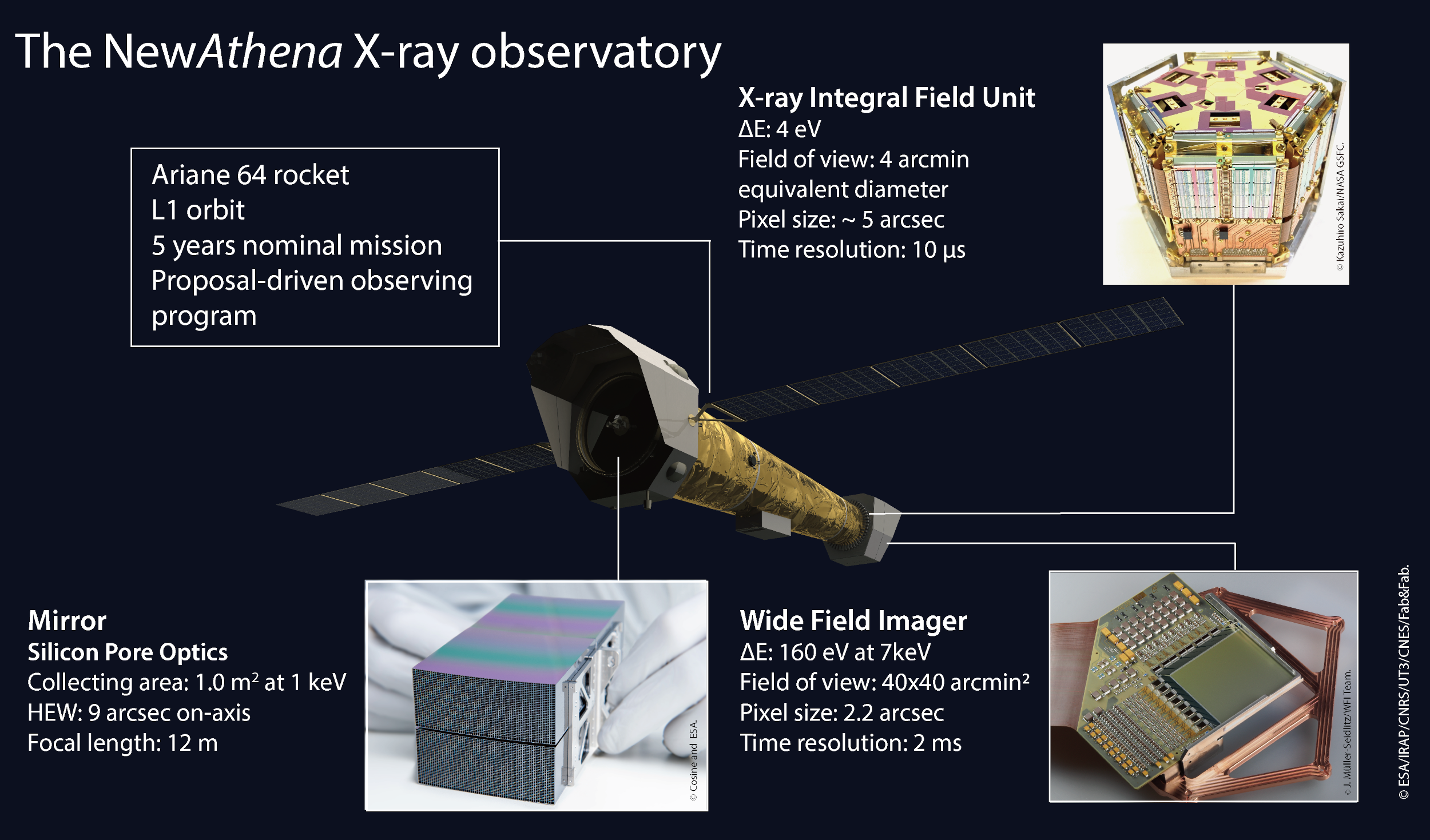
Orbit
Athena will be launched by an Ariane 64 vehicle, with equivalent or larger lift capability and fairing size to that of the Ariane 5 ECA. It will operate at the first Sun-Earth Lagrangian point (L1) in a large halo orbit.
Mission duration and operations
The mission lifetime is 4 years, although it is expected to be designed and have consumables for a longer time. Operations will be performed as in standard ESA science missions, with the Mission Operations Centre (MOC) at ESOC and the Science Operations Centre (SOC) at ESAC. The Instrument and Science Centre (ISC) associated with each of the two instruments will be in support of the SOC with regard to science ground segment activities. As an observatory, NewAthena will operate in a similar way to current ESA missions such as XMM-Newton, with the scientific community defining the science to be carried out through open proposals.
The telescope and the instruments
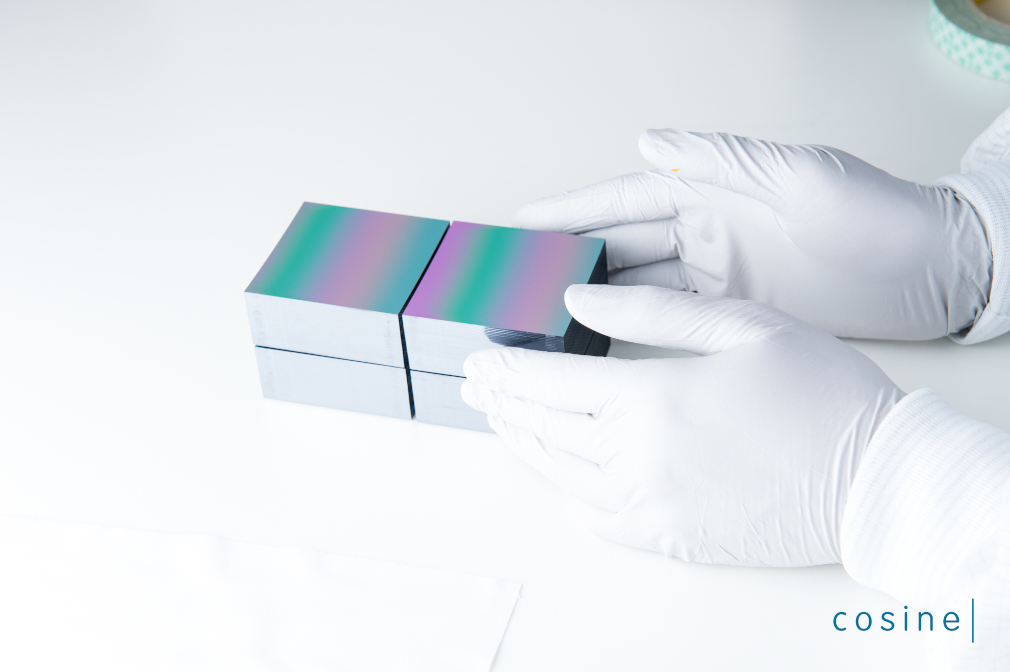
The observatory consists of a single X-ray telescope with a fixed 12 m focal length (Willingale et al. 2013), based on ESA’s Silicon Pore Optics (SPO) technology. SPO provides an exceptionally high ratio of collecting area to mass, while still offering the necessary angular resolution. It also benefits from a High Technology Readiness Level (TRL) and a modular design highly amenable to mass production, necessary to achieve the unprecedented telescope collecting area (see more details on the development of SPO at Cosine). The telescope focuses X-ray photons onto one of two instruments, which can be put in and out of the focal plane using a movable mirror assembly.
Two scientific instruments onboard: the X-ray Integral Field Unit (X-IFU) and the Wide Field Imaging Camera (WFI).
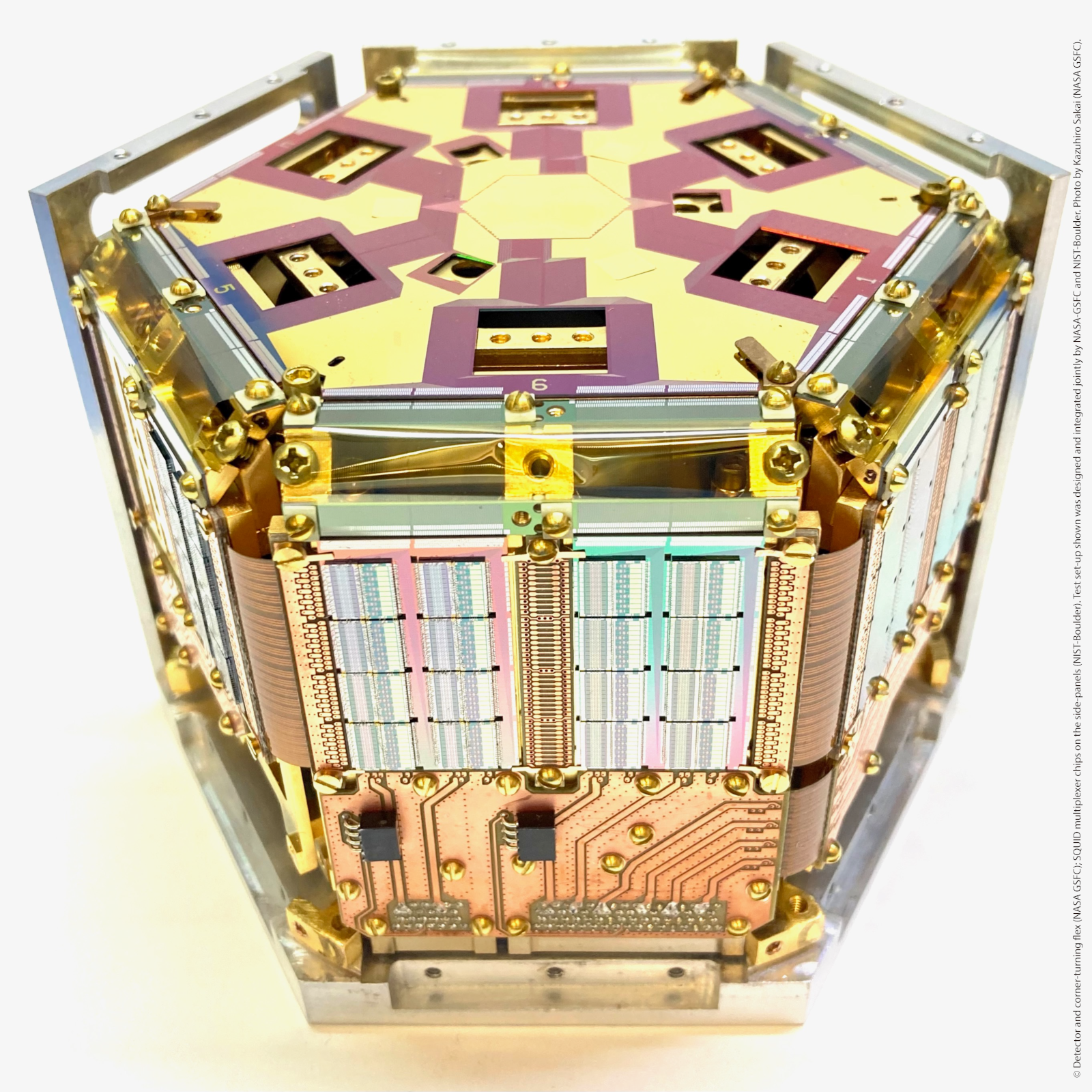
The X-ray Integral Field Unit (X-IFU) provides spatially-resolved high-resolution spectroscopy. The instrument is a cryogenic X-ray spectrometer, based on a large array of Transition Edge Sensors (TES). The key capabilities of the instrument lie in its unprecedented spectral resolution, better than 4.0 eV up to 7 keV (design goal of 3 eV), combined with a large effective area, in a 4 arcminute hexagonal field of view ( the equivalent diameter) and a low instrumental background. For more information, visit the X-IFU web portal.
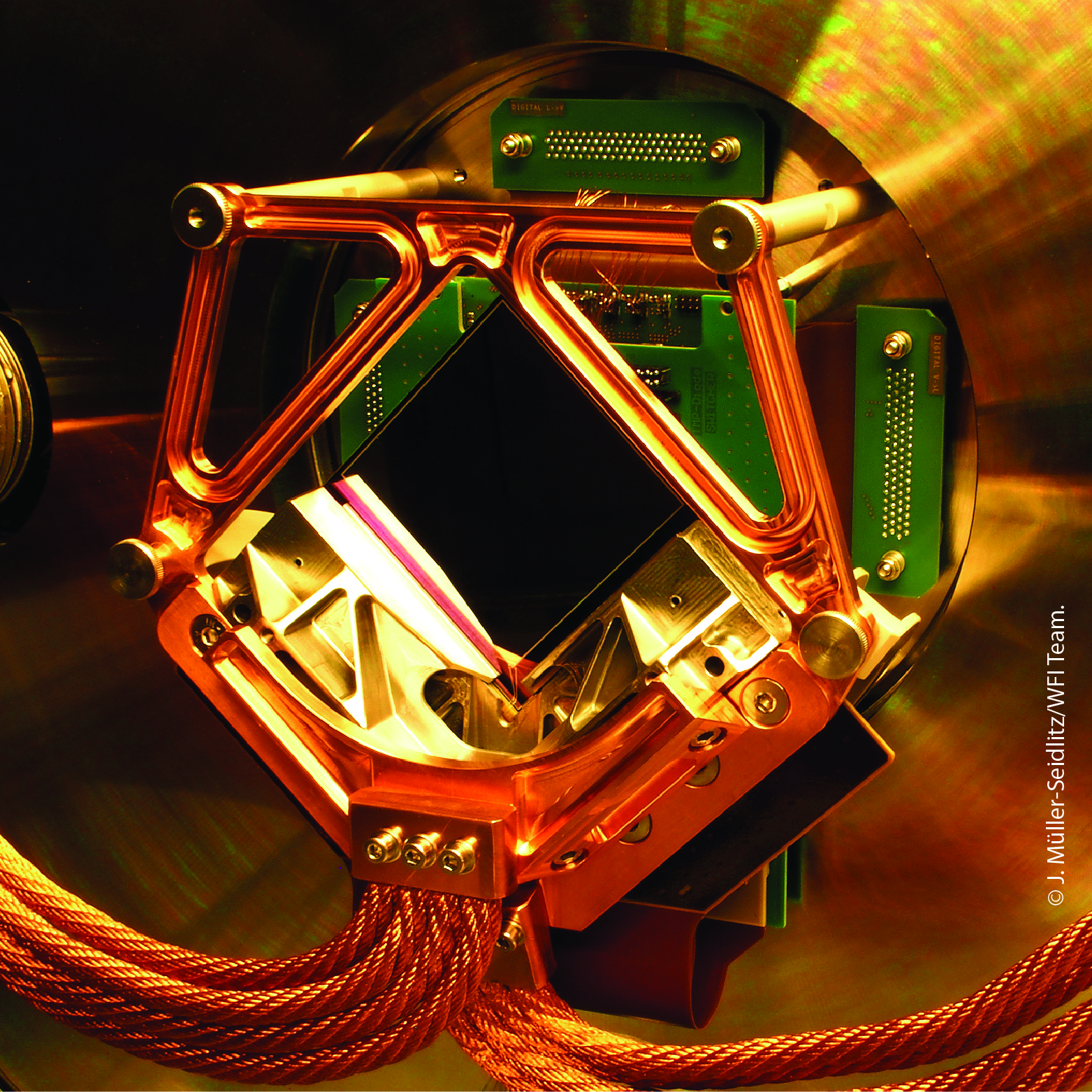
The Wide Field Imager (WFI) is a Silicon-based detector using DEPFET Active Pixel Sensor (APS) technology. As X-ray spectroscopic imaging devices, the DEPFETs provide almost Fano-noise-limited energy resolution and minimal sensitivity to radiation damage. The instrument offers excellent survey capability over a 40x40 arcmin field of view with the Large Detector Array. A second Fast Detector will provide the count-rate capability and time resolution (80µs) to observe the brightest X-ray sources in the sky. For more information, visit the WFI web portal.

